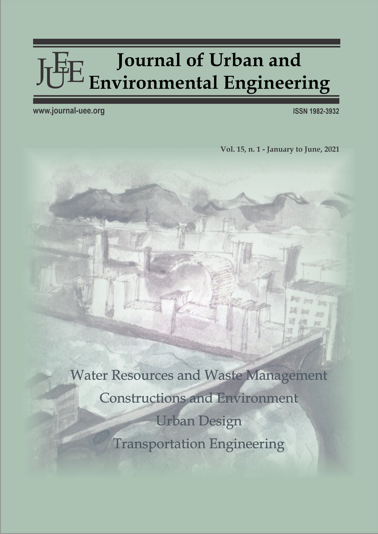NOVEL HYBRID MODELS FOR THE DESIGN OF UPFLOW ANAEROBIC FILTERS SEPARATED IN PHASES.
DOI:
https://doi.org/10.4090/juee.2021.v15n1.68-77Keywords:
Design, modelling, filters separated in two phases, filters separated in three phases, validation.Abstract
In this paper, three novelties are presented, the type of reactor, design models, and design experimental factors. The upflow anaerobic filters are separated into two and three phases identified as DI-FAFS and TRI-FAFS (abbreviation in Spanish). The second novelty consists of modifying and combining the traditional models for trickling filter to create hybrid models. The third novelty is based on the combination of three experimental factors: the volumetric organic load has been set at 2.25, 3.45 and 4.64 kg COD m-3 d-1, the temperature at 20, 27 and 34 ° C, the ratio of depths in reactors. The wastewater is the landfill leachate. The conceptual model is based on equations deduced from a mass balance under stationary conditions dS / dt = 0 and advective dS / dZ ≠ 0; formulating eight equations applicable to the DI-FAFS and TRI-FAFS reactors, resulting a R2 adjusted greater than 0.7.Downloads
Download data is not yet available.
Downloads
Published
2021-04-09
Issue
Section
Articles




